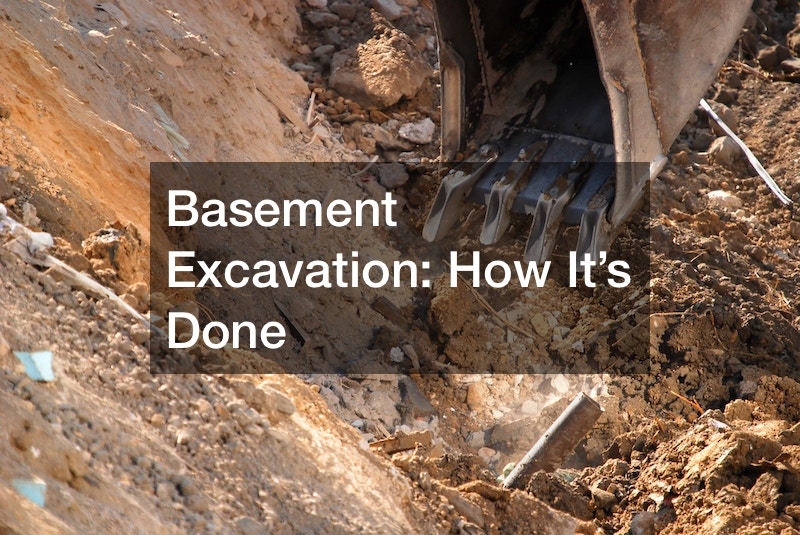
Embarking on a basement excavation requires a systematic approach and a thorough understanding of the excavation process. This essential guide outlines the key steps involved in achieving a successful basement dig.
Before breaking ground, meticulous planning is crucial. Lay out the basement perimeter using methods such as chains or tape measures.
Determine the desired over-dig specifications, taking into account factors like the location of trucks for loading excavated soil.
Elevation plays a pivotal role in basement excavation. Contractors often establish benchmarks and slopes to ensure precision in digging. Consideration of where the excavated dirt will be placed is vital, particularly when planning for efficient loading and backfilling against the house.
Efficiency in excavation involves strategic digging patterns. Creating terraces and maintaining a flat, stable bottom is essential. Leveling the excavation machine ensures accuracy and contributes to a seamless process.
Throughout the excavation, keeping reference points, flags, and stakes aids in maintaining accuracy. This systematic approach minimizes errors and ensures the basement dimensions align with the project specifications.
Strategic digging patterns, such as starting from the farthest point and working towards the loading area, contribute to a smooth excavation process. The final stages showcase the completed basement, emphasizing its dimensions and depth.
In essence, basement excavation is a meticulous process that requires careful planning, attention to elevation details, and strategic digging patterns. By following these steps, contractors can ensure a successful and efficient basement excavation that meets project specifications and delivers a structurally sound result.




